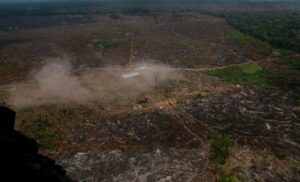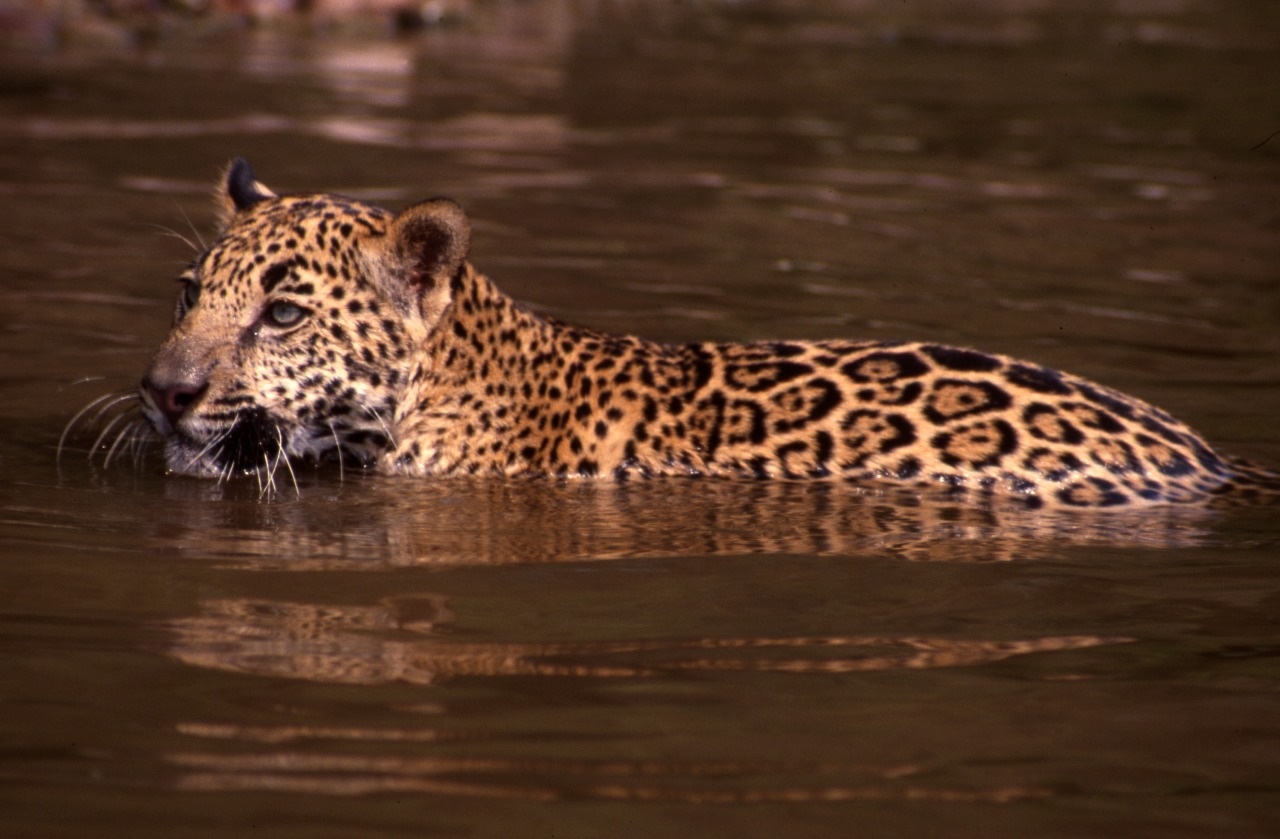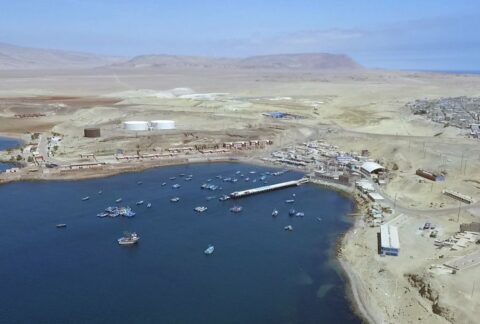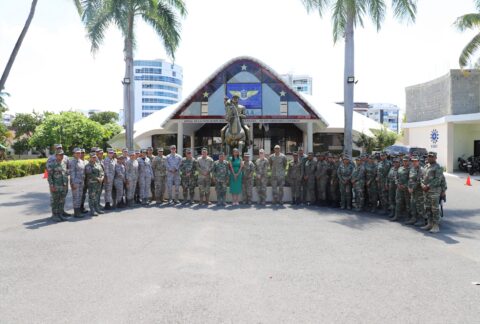According to the World Wildlife Fund’s (WWF) Living Planet 2022 report, Latin America, one of the most biodiverse regions on the planet, lost 94 percent of its vertebrate groups in the last 50 years.
The October assessment looked at nearly 32,000 populations of 5,230 species of amphibians, birds, mammals, fish, and reptiles worldwide, between 1970 and 2018. The results show that these populations have declined by an average of 69 percent.
“We shouldn’t lose sight of the fact that ecosystems, biodiversity, and the development of civilization are linked,” José Luis Carpio, researcher and expert in public security, environmental conservation, and organized crime at the Autonomous University of Tamaulipas, Mexico, told Diálogo on November 12. “The impact of not reversing these trends is precisely going to be the loss of more biodiversity but aggravated by phenomena of a social nature.”

The causes
The degradation of terrestrial, marine, and freshwater systems, changes in land use, overexploitation of plants and animals, climate change, pollution, and invasive species, are among the causes of biodiversity loss, the report indicates.
In Latin America, however, transnational criminal organizations are increasingly threatening the environment and causing widespread habitat destruction, deforestation, and loss of biodiversity as they no longer solely rely on drug and arms trafficking but have branched out, finding opportunities in environmental crime, such as illegal wildlife trafficking; illegal logging; illegal mining; and illegal, unreported, and unregulated (IUU) fishing, InSight Crime, an organization that studies organized crime in Latin America and the Caribbean, indicated.
These criminal groups operate in some of the most unique and biodiverse regions of the world, including the Amazon rainforest and natural protected areas such as Honduras’ Río Plátano Biosphere.
High priority areas
In its report, WWF identified 10 hotspots of conservation high priority and threat areas for risk mitigation, several of these in the Amazon Basin, the Atlantic Forest (which stretches from northeast Brazil into northeast Argentina and eastern Paraguay); and the northern Andes as far north as Panama and Costa Rica.
The report warns that 26 percent of the Amazon, the largest and most biologically and culturally diverse tropical forest worldwide, is in a state of advanced disturbance, including forest degradation, deforestation, and loss of habitat, with devastating repercussions at the local level and negative implications at a global level for climate stability.
The deforestation of Colombia’s Amazon, InSight Crime indicated, is done at the hands of criminal groups such as the National Liberation Army (ELN) and the Clan del Golfo, who are linked to illegal logging and illegal mining, which has become a more lucrative industry than drug trafficking. The Clan del Golfo, according to a January 2022 National Geographic report, also makes deals with poachers in areas under their control.
As another example, in Guatemala’s Maya Biosphere Reserve, narcotraffickers have been clearing and burning the forest to make way for landing strips for narco flights, oftentimes allowing fires to spread out of control, InSight Crime added.
In recent years, according to the Mexican newspaper El Economista, the high demand from China and the entry of powerful organized crime groups into wildlife trafficking, is causing the drastic decline of numerous Mexican endemic species such as the totoaba, the vaquita, the scarlet macaw, the howler monkey, and the sea cucumber.
“The scarcity of amphibians is really serious, particularly in the mountain ecosystems of the northern Andes,” Luis German Naranjo, WWF representative in Colombia, told BBC Mundo. “In the Orinoco and Amazon basins there are large fish migrations.”
The loss of biodiversity has serious consequences for indigenous peoples and their way of life. The scarcity of fish, for example, is more than a simple loss of food. Fishing makes it possible to monitor watercourses and is a vehicle for knowledge. “Vulnerable populations, the rural environments where indigenous communities live, are already the most affected by biodiversity loss,” Carpio said.
Healthy environment
Upon adding the right to a healthy environment to its constitution in 1994, Costa Rica became a “global environmental giant,” WWF says, protecting endangered ecosystems and threatened species.
“We must strengthen environmental security in the presence of crime and have security actions for the conservation and development of biodiversity,” Carpio said.
“The message is clear and the lights are flashing red,” WWF concludes, calling on governments, businesses and society to commit to a global agreement for nature similar to the Paris Agreement.









